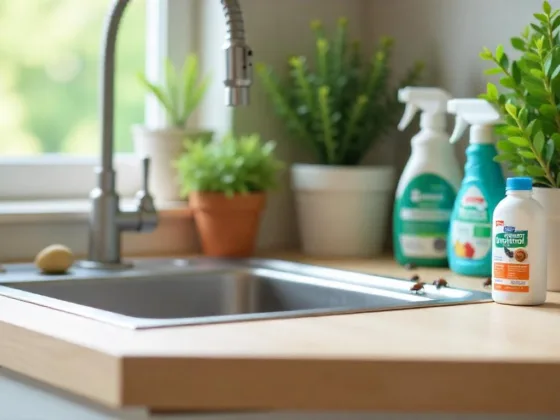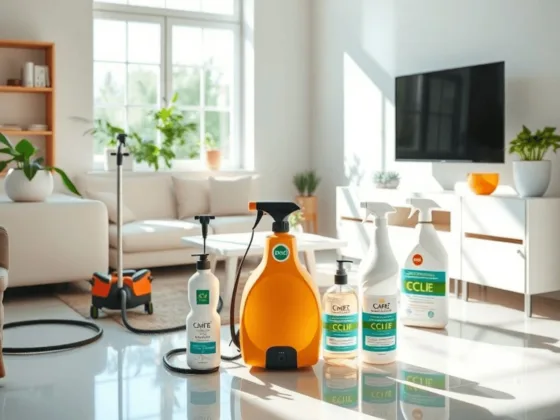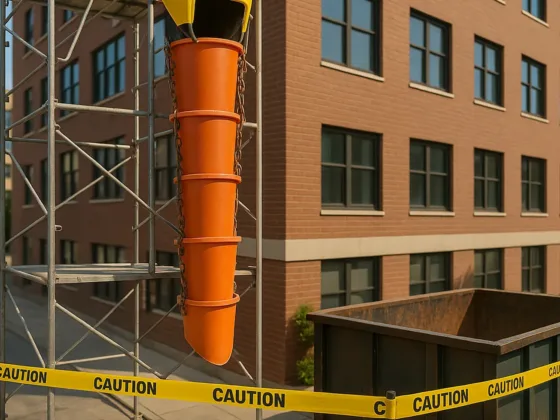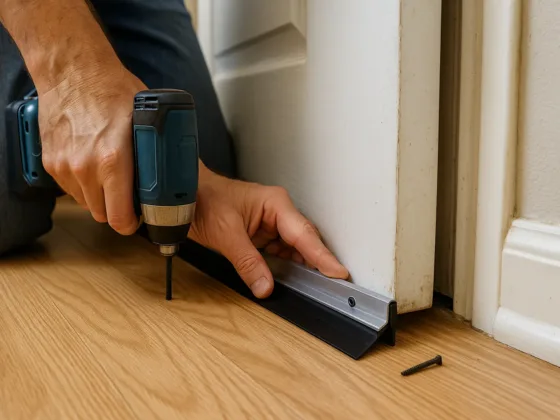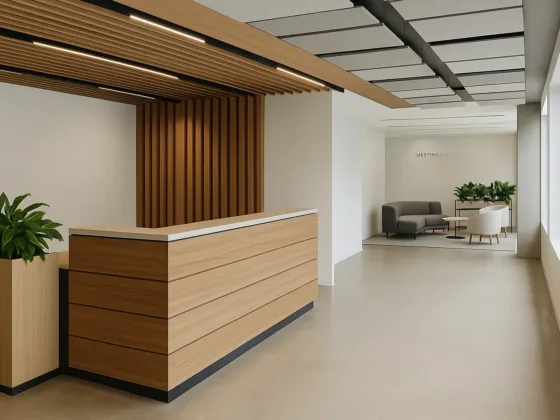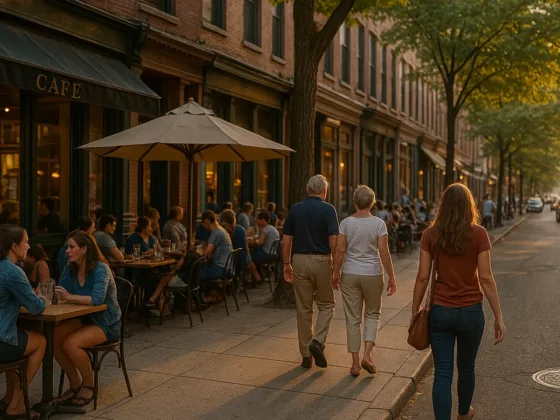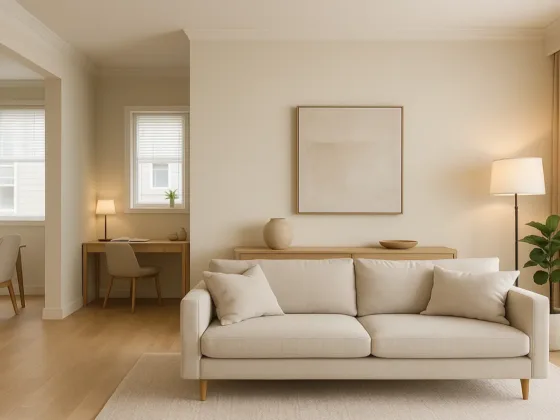Table of Contents Show
Introduction
Water leaks or moisture damages problems in almost every home or structure. Today’s changing scenarios of the urban environment make it all the more important to safeguard surfaces from water damage. Waterproof paint has therefore been the solution that most people have sought for ensuring dry, safe surfaces, which helps extend the performance of structures without incurring heavy repairs caused by water.
What Is Waterproof Paint? Definition and Fundamentals
Waterproof paint is a special coating that blocks the passage of water through surfaces. This paint, unless ordinary paints absorb water, acts as a barrier against moisture infiltration. Most usually, it carries waterproofing ingredients which make it tough against water penetration.
The science behind waterproof paint, thus, is by way of forming the seal. Prevents water seeping into the walls, roofs, or floors. Thus, waterproof paint becomes imperative in areas susceptible to dampness, or experiences heavy rainfall.
Types of Waterproof Paint and Their Uses
Acrylic Waterproof Paint
Acrylic paint is a well-known waterproof paint for many outdoor uses on a variety of surfaces. Some of its best applications are:
- Concrete walls;
- Brick or stucco exterior walls;
- Basement walls that are underground;
This paint has a high degree of flexibility and can stretch and bend when the surface is subjected to minor movements over time. This ability tends to prevent any cracking and keep water at bay. It can be applied as easily with a brush, roller, or spray gun.
An excellent characteristic of acrylic paint is that it dries quickly, speeding project completion. It is a reliable choice that counters cracking and splitting in any changing weather parameters. It can thus be used in wet or snowy conditions or in extreme summer heat. Additionally, it can adjust to slight movements and seasonal or permanent settling, thus being effective on surfaces like foundations and concrete walkways.
Rubberized Waterproof Paint
Rubberized waterproof paint provides the ultimate flexibility for hard-hit surfaces. It is used mainly on roofs, particularly on flat roofs most susceptible to leakage. It is also found on foundations, preventing any groundwater penetration at the base of a structure.
Parking decks serve as another normal application for this paint, exposed to the extreme wear and tear of vehicles, moisture, and sunlight. Very elastic, it stretches and returns to its original shape without cracking. Toughness gives the paint durability under the worst conditions, resisting damage from continuous expansion and contraction caused by temperature fluctuations.
It adheres excellently to surfaces such as concrete, asphalt, and masonry and hence gives a long-lasting waterproof shield. Because of these properties, rubberized waterproof paint is a choice in regions presenting different weather conditions and movement.
Bituminous Waterproof Paint
One of the oldest types of waterproof paint, manufactured with tar-like thick coating agents, is bituminous type waterproof paint, made specifically for underground structures. The paint has a very high adhesion capacity to concrete and masonry; thus, it is localized mainly to basements, tunnels, and underground car parks.
This paint can withstand water seepage, acting as a protective shield against water damage for underground structures. It is also resistant to chemicals commonly found in soils or waters in the underground environment.
Characterized by its stickiness, bituminous paint is of considerable value in treating small cracks and gaps to form a seamless, tough, and durable waterproof seal. Hence, it finds applications where water stagnates for prolonged periods on terraces, or where the soils are very wet or chemically active.

The Working of Waterproof Paint
Different Types of Waterproof Treatment
Waterproof paint may therefore act as a barrier into which water cannot penetrate or beyond which it cannot escape, or it may be accomplished through the chemically induced conversion of water into a hardened shield surrounding the object or coating. Protection against water infiltration is provided by eliminating entry points for exits.
Methods of Application
- Clean the surface well: remove dirt, grease, and flaky paint. Apply a primer if required to improve adhesivity. Use brushes or rollers to apply an even coat of waterproof paint.
- Best is application of several layers: wait for the previous coat to get dry before applying the next. Proper drying time ensures proper formation of barrier.
Improving Performance in Terms of Waterproofing
To extend results even further, surface it before painting: the primer gets an enhanced hold of the waterproof coat. Further, paint just after the rain and during not-so-humid times; in other people’s eyes, -proper preparation of the surface and proper techniques of application are the secrets of waterproofing.
Read Also:
A Few Benefits Associated With Waterproof Paint
They Protect Buildings from Water Damage
Water-resistant paint keeps moisture out and prevents cracks and molds from rotting. It retains the strength as well as the appearance of walls, floors, and roofing. This saves up on money that would be lost in repairs and allows the building to last longer.
Cost-Effective In Nature
Spending on waterproof paint saves the cost of repairing later. Quality coating should not have to be spent every year but should last for numerous years at a lower cost. It is cheaper than repair or put on reinstatement once water-related damage occurs.
Versatility and Aesthetic Value
Waterproof paint comes in various colors and finishes. Whether glossy, matte, or textured surface, you can choose. The lines are kept aesthetically pleasing while doing their job keeping surfaces protected.
Ecological Factors
There are new waterproofs that have become environmentally friendly, with very low levels of VOC. Such paints pose less risk in terms of the environment and one’s health hence consider looking for the eco-conscious emblazoned products.
General Water Paint Application Surfaces
Walls and Foundations
Walls and foundations are prone to the most type of water exposure. Waterproof paint keeps water from seeping into the walls and causing damage to its structure. This type of paint is very often applied in basements and underground rooms.
Roofs and Terraces
Roofs are almost always exposed to winds, rain, and sun. The purpose of waterproofing the roof is to keep water out and avoid leaks and damage. Terraces should be offered an equally sound waterproofing.
Concrete and Masonry Structures
These are porous materials and tend to absorb water and moisture in the long run. Hence the need to apply waterproof paints to extend life and aesthetic impact while preventing further deterioration.
Wall and Floor of the Bathroom and Kitchen
These two zones are seriously threatened by high humidity and persistent contact with water, thereby permitting the breeding of mold and rot. Waterproof paint seals the moisture from such areas so that they stay cleaner and healthier.
Expert Tips for Applying Waterproof Paint Successfully
To achieve the best performance of waterproof paint, pre-treatment of the surfaces must be done very well before painting. Here are some expert tips to help you achieve great results:
1. Surface Preparation:
The area should be completely cleaned. Before painting, repair cracks and use filler to seal holes and surface, preventing water seepage into the concrete. Sanding the surface should remove any loose or flaking paint to improve the bonding with the new coat.
2. Weather Consideration:
Painting in high humidity or rainy days is not a good idea as longer drying time and wavy paint are possible. Pick low-humidity and dry weather for outdoor painting for good bonding with the surface.
3. Multiple Coats Application:
The application of two or more coats of waterproof paint will increasingly render it effective because it builds up a thicker barrier against any possible wear that may occur from penetration by water. Follow the drying time directions n the can for the paint to maximize coverage and durability.
4. Utilization of Primer:
Porous surface treatment with an appropriate primer will enhance the adhesion properties of paint and promote a smooth base. Long-lasting adhesion results when the proper primer has been used on surfaces like concrete or weathered wood.
5. Regular Inspection and Maintenance:
Painted surfaces should be regularly inspected for wear, chipping, or peeling, mostly in traffic areas. Touch-up any damaged areas immediately to maintain the protective cover and avoid expensive repairs later on.
Following the tips above for proper surface preparation, waiting for the right weather conditions, applying multiple coats, using primers where needed, and treating the painted surface with regular maintenance will secure for you the long-lasting protection of waterproof paint against water damage. Application is your direct way of keeping the painted surfaces intact and thus will save you from spending time and money in future repairs.
Real-World Examples of Waterproof Paint in Action
- A homeowner applied waterproof paint in the basement to prevent leakage and mold growth.
- Elastomeric coatings on the façade of a commercial building were subjected to downpour after downpour and bright sun.
- Restoration of a historic wall of bricks needed waterproof paint, combining look with total protection.
Conclusion
Thus, waterproof paints are very reliable means to protect surfaces from damage caused by water. Paints of different kinds protect walls, roofs, floors, and foundations equally but have some differences in saving money, beautifying, and enhancing the lifespan of structures.
The selection of the right waterproof paint and the application of the same ensures effective protection for your surfaces. For more complicated works or uncertain surfaces, consider consulting an expert for best results that will last into the future. Keep your spaces safe and dry, using quality waterproof paint.
FAQs
Waterproof paint is a specific coating that repels moisture, as it refrains moisture from getting into the surfaces or area being covered. The painted surface thus prevents walls, ceilings, and other surfaces from damage due to water.
Yes, you can very well use waterproof paint indoors! Besides bathrooms and kitchens, any area in the house that is prone to moisture will benefit from this, and it would be best to go for a VOC-free item for better indoor air quality.
Waterproof paint is like using an ordinary paint application. Just make sure, the surface is clean and dry, primer if necessary, apply with brush, roller or sprayer, and follow all manufacturer’s’ directions for the best results!
And no water can penetrate through water-proof paint, but water-resistant paint allows some moisture but not heavy exposure of water. So decide what type suits your requirement!
The duration for which waterproof paint serves can be dependent on the manufacturer product and atmospheric conditions. However, most times, there is a 5 to 10-year waiting period after applying the paint and before a reapply or touch-up for it. Always check with the manufacturer!

